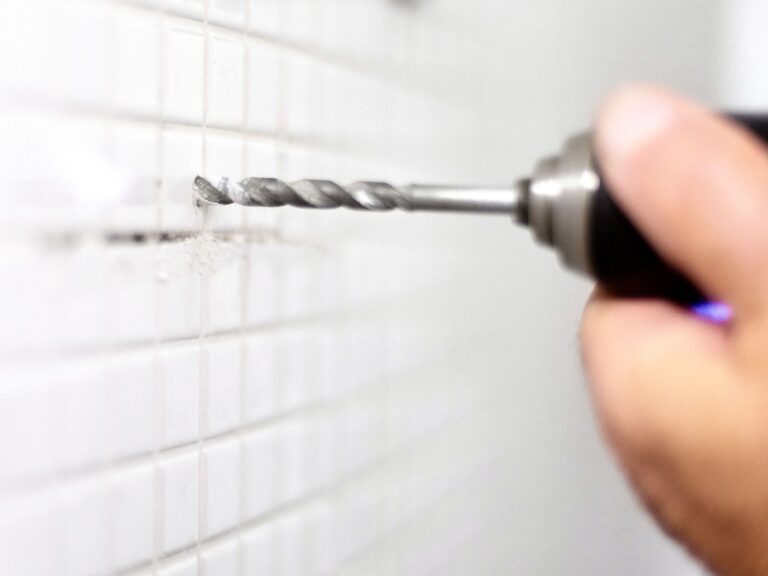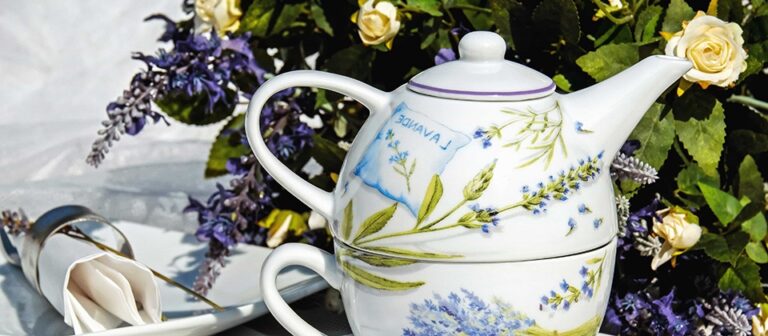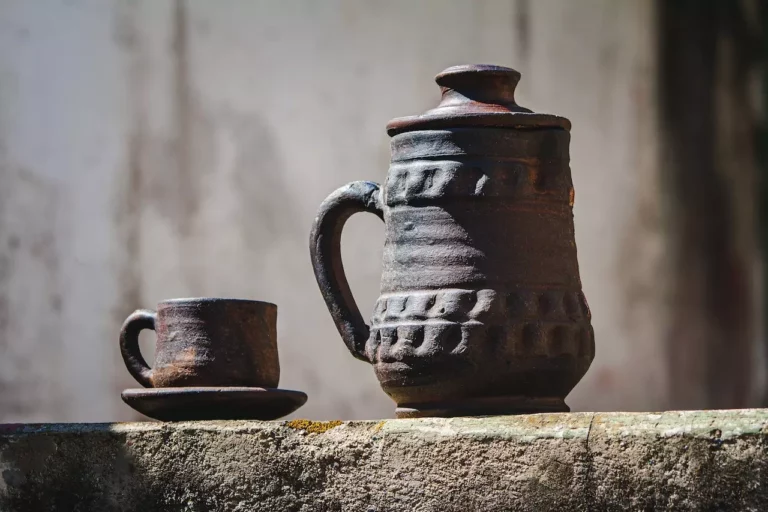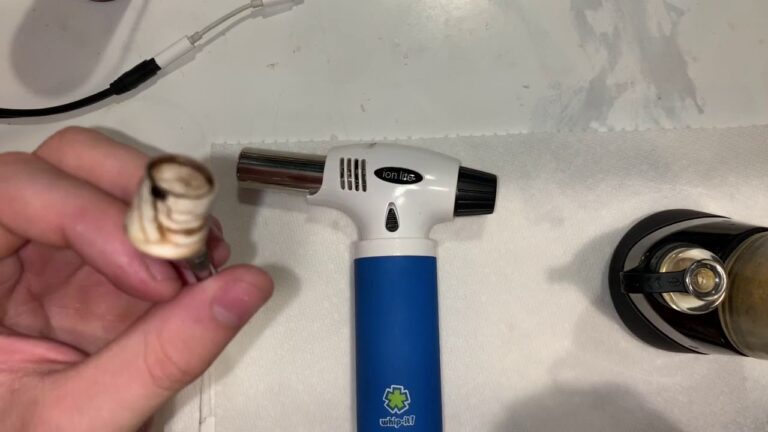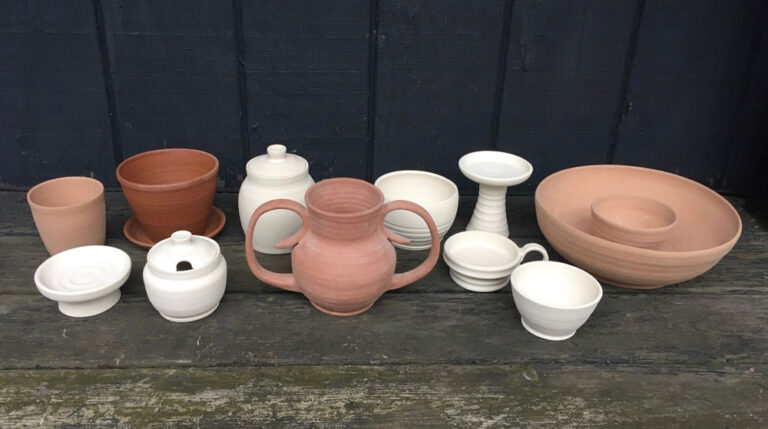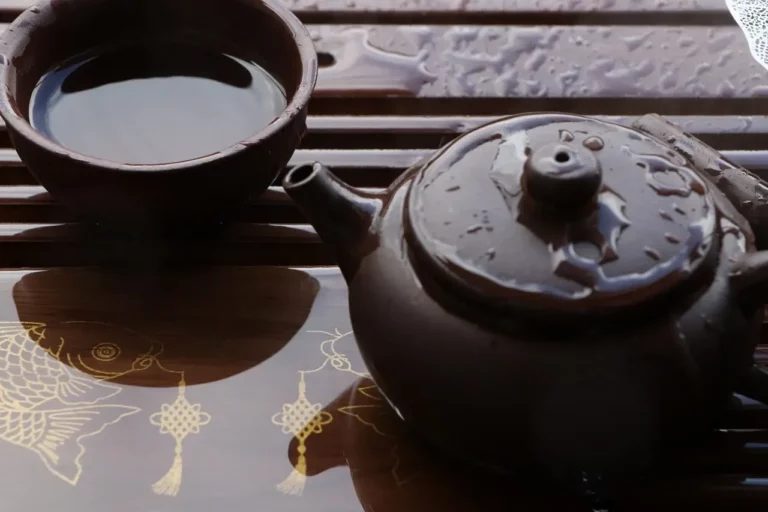Discover the Distinction: Pottery vs Ceramics
Pottery is a type of ceramics, but not all ceramics are pottery. Pottery refers to the making of objects from clay and heating them in a kiln.
On the other hand, ceramics encompass a wide range of materials, including clay, porcelain, and glass, which are fired at high temperatures to make a variety of products. Pottery and ceramics have been fundamental to human culture since ancient times.
They serve as functional objects, such as cooking pots, and decorative pieces, such as vases and figurines. The creation of these objects involves the use of various techniques, including shaping, molding, and glazing. While pottery is a specific technique and material, ceramics encompass a broader range of materials and applications. Understanding the distinctions between pottery and ceramics is essential for appreciating their history and significance in human society.
The Raw Materials
Clay As The Main Ingredient For Both Pottery And Ceramics
Clay is a fundamental raw material that is essential for both pottery and ceramics. Pottery and ceramics are both fired at high temperatures to make them hard and durable, and clay is the material that allows both forms of artistry to achieve this.
Here are some key points about clay:
- Clay is a natural material that can be found all around the world and is used to make many different things, ranging from bricks and tiles to fine dinnerware and sculptures.
- Pottery and ceramics use clay as the primary ingredient, to which other substances are added to improve the clay’s qualities or change its appearance.
- The type of clay used often depends on the final product and the techniques used to create it.
- There are three main types of clay—earthenware, stoneware, and porcelain—each with different characteristics that determine its suitability for a range of items.
- Both pottery and ceramics often use a combination of two or more types of clay to achieve the desired level of strength, texture, and color.
Differences In Types Of Clay Used For Pottery And Ceramics
While pottery and ceramics both use clay as their main ingredient, the types of clay used can differ significantly. Here are some vital points to note:
- Earthenware clay is the most commonly used type of clay for pottery. It is found close to the surface, has a low firing temperature, is easy to shape, and is usually glazed.
- Stoneware clay is a more durable type of clay that is fired at a higher temperature, which makes it less porous and more robust than earthenware clay. Stoneware is often left unglazed, giving it a more natural look.
- Porcelain is a fine-grained, white clay that is fired at the highest temperature. It is non-porous and resistant to chipping, cracking, and staining, making it popular for creating elegant dinnerware.
Other Ingredients Used In Pottery And Ceramics
Clay is not the only ingredient used in pottery and ceramics. To enhance the properties of the clay and give the final product a unique appearance, other substances are added. Here are some important details:
- Pottery often uses additional materials such as sand, feldspar, and grog to help keep its shape and to prevent cracking and warping.
- Ceramics use a range of materials, including oxides, glass, and even metal, to alter the appearance and texture of the final product.
- Paints, glazes, and sealers are often used on both pottery and ceramics to enhance the final product’s visual appeal. These materials give the artwork a glossy or matte finish and add a layer of protection from moisture, stains, and scratches.
Understanding the raw materials used in pottery and ceramics is essential in appreciating the difference between the two forms of artistry. While both use clay as their primary ingredient, the types of clay used and other materials added make them distinctly different.
Techniques And Processes
Pottery and ceramics are two different art forms that have been around for centuries. Both use clay to create beautiful pieces of art, but they differ in techniques and processes. Here we will dive deeper into the various techniques and processes that are used in pottery and ceramics.
Handbuilding Techniques Used In Pottery And Ceramics
Handbuilding is a technique that is commonly used in both pottery and ceramics. It involves working with clay by hand, without the use of a pottery wheel. Some of the handbuilding techniques used in both pottery and ceramics include:
- Pinching: The process of shaping clay with fingers and thumbs
- Coiling: The creation of long, thin rolls of clay that are stacked and shaped into the desired form
- Slab building: Rolling out a flat piece of clay to use as a base for a structure, which is then molded and shaped
Wheel Throwing Techniques Used In Pottery And Ceramics
The pottery wheel is an essential tool used in the production of pottery and ceramics. Here are some of the wheel throwing techniques that are used:
- Centering: The process of getting the lump of clay placed on the center of the wheel
- Opening: The creation of a hole in the center of the clay lump
- Pulling: Manipulating the clay to create a desired shape
- Trimming: Removing excess clay from the bottom of the piece using a loop tool
Firing And Glazing Processes For Pottery And Ceramics
Firing and glazing are essential processes in pottery and ceramics. The firing process hardens and makes the clay pieces durable, while the glazing process adds color and texture. Here are the firing and glazing processes used in pottery and ceramics:
- Bisque firing: The first firing, which hardens the clay and prepares it for glazing
- Glaze firing: The second firing, which fuses the glaze to the surface of the clay
- Glazing: The process of applying a layer of liquid glass to the surface of the pottery before firing. It gives the pottery a beautiful, shiny finish.
Differences In Techniques And Processes Between Pottery And Ceramics
- Pottery is generally considered to be handmade, while ceramics can also be created using machines.
- Pottery is typically fired at a lower temperature than ceramics, resulting in a more porous and fragile finished product.
- Ceramics are often coated with a glaze, which is not always true for pottery.
- Ceramics are more commonly used to produce functional items like plates and cups, while pottery is used more for decorative purposes.
Both pottery and ceramics are unique art forms with their own set of techniques and processes. The key to success in each is understanding the techniques and processes involved so that you can create beautiful pieces of art.
Characteristics And Uses
Pottery and ceramics are two terms often used interchangeably, but they do have distinct differences. Understanding these differences helps in appreciating the art, history, and cultural relevance of these crafts. We will discuss the varying characteristics and uses of pottery and ceramics, focusing on aesthetics, functionality, and physical attributes of each.
Physical Characteristics Of Pottery And Ceramics
- Pottery is typically made from earthen materials like clay and often fired at lower temperatures that do not exceed 1,200 degrees celsius. The resulting material is porous and often requires glazing to make it waterproof.
- Ceramics, on the other hand, are created using a mixture of clay, quartz, and feldspar. They are fired at higher temperatures that range between 2,000 to 2,800 degrees celsius, resulting in a non-porous and highly durable material.
Aesthetics And Decorations Of Pottery And Ceramics
- Pottery often features colorful, hand-painted designs using natural dyes or glazes. It also has varying textures, such as rough, smooth, or polished surfaces.
- Ceramics are known for their intricate designs and patterns, which are sometimes painted on the surface using glazes or inlaid with materials like gold or silver. They also feature a broad range of surface finishes that include glazed, polished, and matt.
Functional And Decorative Uses Of Pottery And Ceramics
- Pottery is predominantly functional and used to create everyday items like plates, cups, bowls, and vases. They are mostly handmade and employed in households for cooking, food storage, and serving.
- Ceramics are not limited to functional items only. They are also used to create decorative items such as sculptures, figurines, ornaments, and tiles. They are produced as one-of-a-kind pieces and are often used to adorn homes, offices, and public spaces.
Differences In Characteristics And Uses Between Pottery And Ceramics
- Pottery is porous, less durable, and often requires glazing to make it waterproof. It is also predominantly functional and less decorative than ceramics.
- Ceramics, on the other hand, are non-porous, more durable, and often highly decorated. They are used for both functional and decorative purposes.
While pottery and ceramics share some similarities; they have distinct differences in their physical attributes, aesthetics, and functionality. Understanding these characteristics and uses gives one a deeper appreciation and understanding of these two crafts.
Pottery Vs Ceramics In Contemporary Art
Pottery and ceramics are often used interchangeably, but they are not the same thing. In contemporary art, pottery and ceramics are two distinct mediums, each with its unique characteristics and uses.
Differences And Similarities Between Pottery And Ceramics In Art
Pottery and ceramics may look similar, but there are a few differences in how they are made and how they function as an artistic medium. Here are some key differences and similarities between pottery and ceramics in art:
- Pottery is made from clay that is fired at a relatively low temperature (around 1,000⁰c or so), whereas ceramics are made from non-clay materials that are fired at higher temperatures.
- Pottery is typically used to make functional objects like bowls, plates, and cups, while ceramics are often used to create decorative objects like vases and sculptures.
- Both pottery and ceramics are inherently fragile, but they can both be strengthened by the addition of glazes or sealants.
Trends And Movements In Contemporary Pottery And Ceramics
As with any artistic medium, pottery and ceramics have gone through many trends and movements over the years, driven by the changing tastes and styles of artists and audiences alike. Here are a few of the current trends and movements in contemporary pottery and ceramics:
- Minimalism: Many contemporary potters and ceramicists favor a minimalistic aesthetic, using simple, clean shapes and neutral colors to create elegant and understated pieces.
- Sustainability: With the growing awareness of environmental issues, many artists are exploring ways to use recycled materials and reduce waste in their pottery and ceramics.
- Hybridization: Some contemporary artists are experimenting with combining pottery and ceramics in new and unexpected ways, creating pieces that blur the line between the two mediums.
Examples Of Contemporary Pottery And Ceramics Artwork
Contemporary artists are continually pushing the boundaries of what is possible with pottery and ceramics, creating stunning pieces that showcase the versatility and beauty of these mediums. Here are a few examples of contemporary pottery and ceramics artwork:
- Japanese artist masamichi yoshikawa creates stunning ceramics that play with form and texture, using simple, geometric shapes to create intricate and delicate works of art.
- London-based potter kate malone is known for her brightly colored, exuberantly patterned pottery, which draws on a variety of influences, from art nouveau to traditional english earthenware.
- American artist jun kaneko creates massive, boldly colored ceramic sculptures that explore the relationship between form, function, and decoration.
Pottery and ceramics may be different mediums with distinct characteristics, but both offer endless creative possibilities for contemporary artists.
Frequently Asked Questions For What Is The Difference Between Pottery And Ceramics
What Is Pottery?
Pottery refers to objects made out of clay and shaped by hand or with a potter’s wheel. These objects are usually fired at high temperatures to make them hard and durable.
What Are Ceramics?
Ceramics is a broader term that encompasses all objects made from non-metallic minerals, including pottery. Ceramic objects can be made using various techniques such as moulding, casting, and hand-building.
What Is The Difference Between Pottery And Ceramics?
While pottery refers specifically to objects made from clay, ceramics can be made from a wide range of materials. Additionally, ceramics can be created using a variety of techniques, whereas pottery is typically created by hand or using a potter’s wheel.
Can Pottery Be Considered A Type Of Ceramic?
Yes, pottery can be considered a type of ceramic as it is made from clay—a type of non-metallic mineral—and is fired at high temperatures to harden it.
What Are Some Examples Of Ceramic Objects Other Than Pottery?
Ceramic objects can include items such as tiles, decorative figurines, kitchenware, and bathroom fixtures. Additionally, many electronic components and advanced materials are created using ceramic materials.
Conclusion
To sum up, pottery and ceramics are often used interchangeably, but they have subtle differences that set them apart. Pottery is typically earthenware that is made from clay and fired at a lower temperature than ceramics. Ceramics, on the other hand, can be made from a variety of different materials, including clay, earthenware, stoneware, and porcelain.
They are also fired at hotter temperatures, making them more durable and non-porous. Understanding the differences between the two can help you make informed decisions when it comes to choosing the right kind of dishware, cookware, or decorative items for your home.
Now that you know what sets pottery and ceramics apart, you can appreciate the unique qualities each has to offer. Remember to cherish the beauty and craftsmanship behind these art forms and incorporate them into your life.

